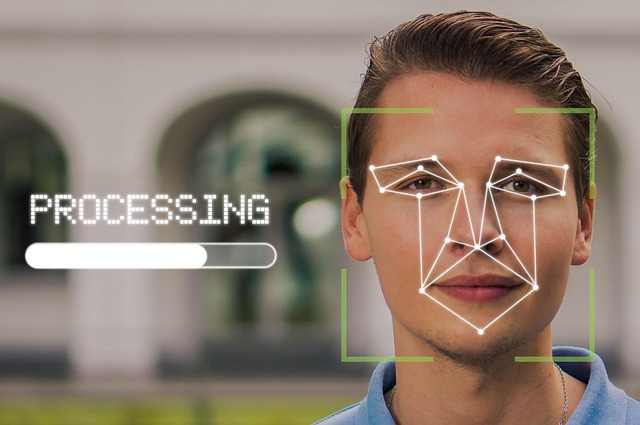
Reconstructing Data Dynamics: Exploring IT Innovations in Information Technology
In the fast-evolving realm of Information Technology (IT), the concept of data reconstruction has emerged as a pivotal theme. With the exponential growth of data volumes, organizations are faced with an urgent need to optimize their data management strategies. Data reconstruction is not merely an IT buzzword; it encapsulates the process of transforming raw data into meaningful insights, enabling companies to enhance their operations and decision-making processes.
The rise of big data analytics, cloud computing, and artificial intelligence has significantly reshaped how we think about data. Each of these IT innovations brings with it the necessity for efficient data reconstruction techniques. Take cloud platforms, for instance. They allow for the seamless storage and retrieval of vast amounts of data. However, without proper data reconstruction methods, retrieving relevant information from this ocean of data can be overwhelming. AI and machine learning algorithms are stepping in to assist in this process, effectively reconstructing and categorizing data to help businesses derive insights more easily.
Moreover, the push towards data-driven decision-making has amplified the importance of accurate data reconstruction. In many sectors, from healthcare to finance, the ability to make informed choices based on reliable data can mean the difference between success and failure. This underlines the necessity for organizations to invest in robust data reconstruction methods, ensuring that information is not only accessible but also actionable.
As businesses become increasingly reliant on technology, the need to embrace innovative IT solutions designed for effective data management is more crucial than ever. Emerging technologies such as blockchain are also finding their way into the data reconstruction conversation. By providing an immutable record of transactions, blockchain can significantly enhance data integrity and transparency, facilitating better data reconstruction in various applications.
Furthermore, data reconstruction goes hand in hand with data governance. Organizations must establish strong policies around data ownership, privacy, and security to ensure that reconstructed data is not only accurate but also compliant with regulatory standards. This is where IT leaders play a vital role; they need to create a culture that values data quality and encourages a proactive approach to data management.
In essence, data reconstruction is a dynamic process that mirrors the rapid advancements in IT. It calls for a fusion of technology, strategy, and governance. As we continue to explore the endless possibilities within the realm of information technology, it is important to recognize that the ability to reconstruct data effectively is not just a technical skill, but a critical component of strategic business growth. Organizations that master this art will not only thrive but set the tone for future innovations in the digital landscape.



